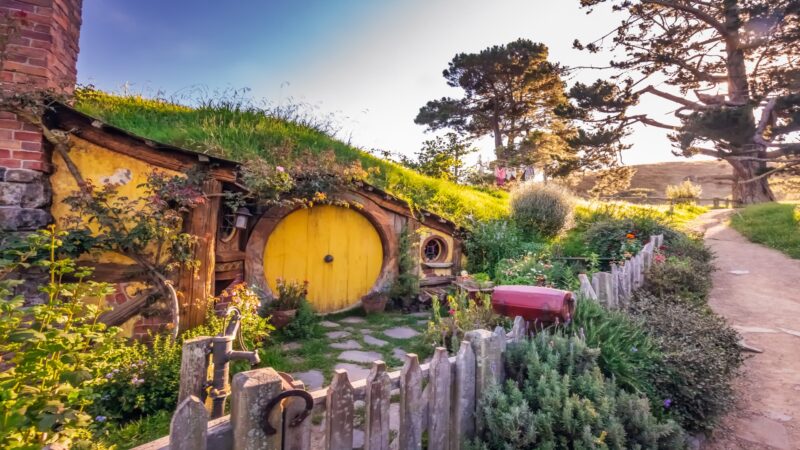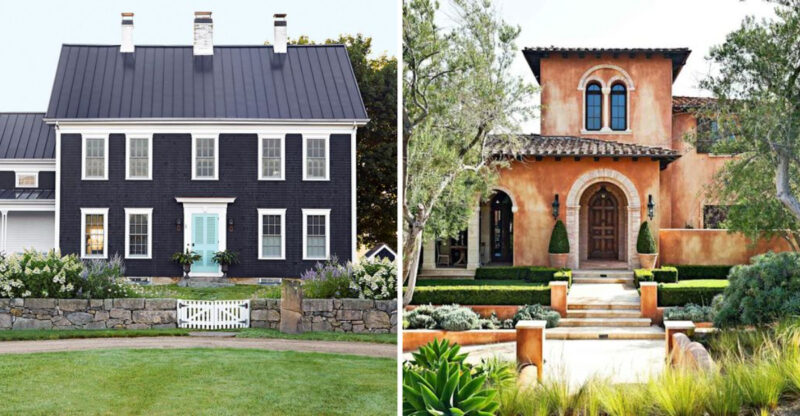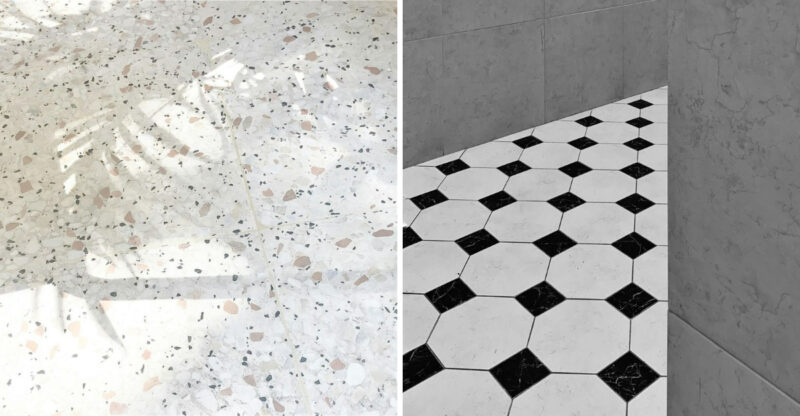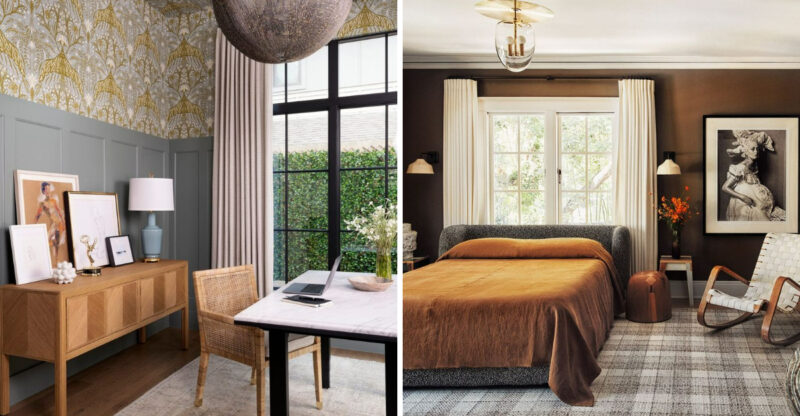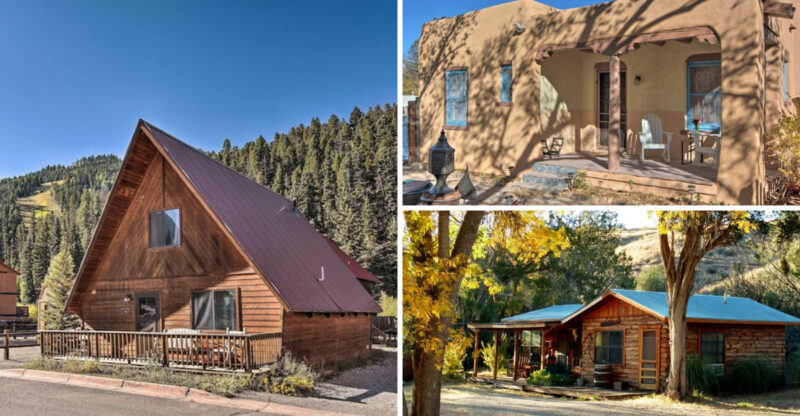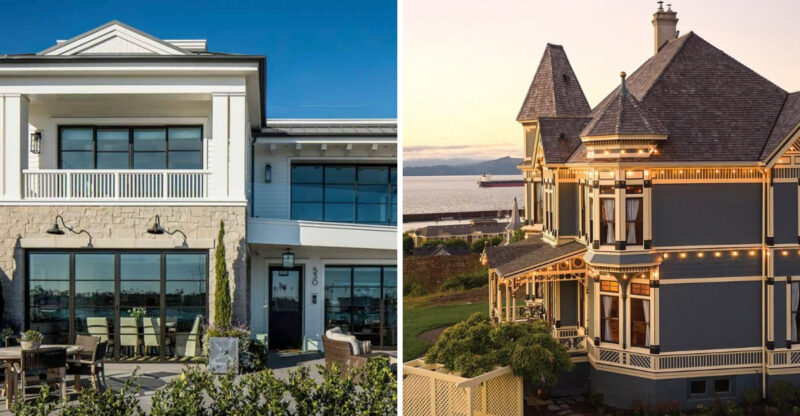Home Design Trends In Florida People Don’t Like
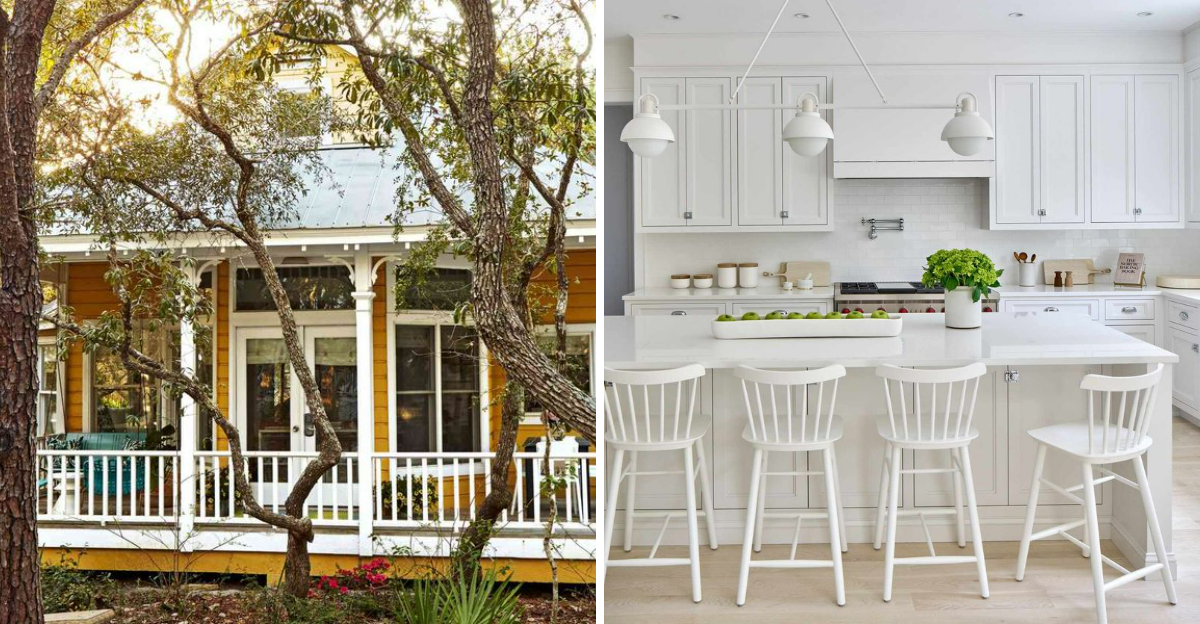
Florida homes have their own unique style, but not every design trend catches on with residents. Some choices that looked great on paper ended up being impractical for the Sunshine State’s climate and lifestyle.
I’m breaking down the home design trends that Floridians have grown tired of and are actively avoiding in their spaces.
1. Carpeted Bathrooms
Mold and mildew thrive in Florida’s humid climate, making carpeted bathrooms a nightmare scenario. The combination of moisture from showers and the state’s natural humidity creates the perfect breeding ground for bacteria.
Cleaning becomes nearly impossible when water splashes soak into carpet fibers daily. The musty smell that develops is tough to eliminate no matter how much you scrub.
Tile and waterproof vinyl flooring have become the obvious choice for practical Florida homeowners.
2. Dark Heavy Drapes
Blocking out Florida’s beautiful sunshine seems counterintuitive when you live in the Sunshine State. Heavy fabric traps heat and makes air conditioning work overtime, driving up energy bills unnecessarily.
The outdated Victorian look clashes with the breezy, coastal vibe most Florida homes aim for. Light-filtering shades or airy linen curtains allow natural light while maintaining privacy.
I prefer window treatments that showcase rather than hide those gorgeous water and garden views.
3. Popcorn Ceilings
Dust, cobwebs, and allergens love hiding in those bumpy textures that are impossible to clean properly. Popcorn ceilings scream 1980s and instantly date any home regardless of other updates you’ve made.
Removing them is messy and expensive, but the smooth, modern look is worth the investment. Many contain asbestos if installed before the mid-1980s, creating potential health hazards.
Smooth ceilings reflect light better and make rooms feel larger and fresher.
4. Formal Dining Rooms
Most families eat casually and prefer open spaces where everyone can gather together comfortably. A separate formal room sits empty except for maybe Thanksgiving and Christmas dinner each year.
The wasted square footage could become a home office, playroom, or expanded kitchen instead. Open floor plans that flow from kitchen to dining to living areas match Florida’s relaxed lifestyle.
I’ve seen countless formal dining rooms converted into functional spaces that families actually use daily.
5. Laminate Countertops
Heat damage from pots and pans leaves permanent marks that ruin the appearance quickly. Laminate edges peel up in Florida’s humidity, creating ugly gaps where water seeps underneath and causes swelling.
The fake stone patterns fool nobody and cheapen the overall look of your kitchen space. Quartz and granite have become more affordable and offer durability that actually saves money long-term.
Water resistance is crucial in Florida, making laminate a poor choice for humid environments.
6. Wall-to-Wall Carpeting
Sand from the beach gets tracked inside constantly and grinds into carpet fibers like sandpaper. Pet accidents, spills, and humidity create odors that become permanently embedded no matter how often you steam clean.
Allergens and dust mites multiply in carpet, making breathing harder for sensitive family members. Tile, hardwood, and luxury vinyl provide easier cleaning and better air quality.
I recommend area rugs you can wash or replace instead of permanent wall-to-wall installations.
7. All-White Kitchens
Keeping everything spotless becomes a full-time job when your entire kitchen is white. Florida’s humidity and frequent outdoor activities mean dirt, sand, and grime find their way inside constantly.
The sterile hospital vibe doesn’t match the warm, coastal aesthetic most Floridians prefer. Maintenance costs skyrocket because white surfaces show every fingerprint, stain, and scuff mark.
I’ve noticed homeowners now choose warmer tones and natural wood finishes that hide daily wear much better.
8. Tiny Windows
Why live in paradise if you can’t see the palm trees, water views, and gorgeous sunsets? Small windows make homes feel dark and cramped, requiring artificial lighting even during bright sunny days.
Natural light reduces energy costs and improves mood, something Floridians value highly. Large impact-resistant windows provide hurricane protection while maximizing those million-dollar views.
Floor-to-ceiling windows and sliding glass doors have become standard in modern Florida construction for good reason.
9. Brass Fixtures
That yellowish gold finish screams 1990s and clashes with contemporary design aesthetics everyone prefers now. Brass tarnishes quickly in humid coastal air, requiring constant polishing to maintain any shine.
Brushed nickel, matte black, and chrome finishes stay looking fresh with minimal maintenance effort. Mixing metal finishes adds visual interest without the dated look brass creates.
I’ve helped homeowners update their spaces simply by swapping out old brass hardware and fixtures.
10. Enclosed Lanais
Converting screened porches into fully enclosed rooms defeats the purpose of indoor-outdoor Florida living. You lose the fresh air and connection to nature that makes lanais so appealing originally.
Air conditioning costs increase when you’re cooling extra square footage that could naturally ventilate instead. Open or screened lanais provide bug protection while maintaining that breezy tropical atmosphere.
The whole point is enjoying the outdoors comfortably, not creating another stuffy indoor room.
11. Vertical Blinds
Slats break constantly, leaving gaps that ruin privacy and make the whole set look terrible. The clacking noise when wind blows through or someone walks past drives people absolutely crazy.
They’re difficult to clean and collect dust like magnets in Florida’s humid environment. Plantation shutters or panel track blinds offer sleeker, more durable alternatives for large windows.
I cringe every time I see vertical blinds because they instantly date a home to the early 2000s.
12. Faux Finishes
Sponge-painted walls and faux marble columns look obviously fake and remind everyone of early 2000s design mistakes. These techniques require skill to execute well, and most DIY attempts end up looking messy and amateurish.
Trends change quickly, leaving you stuck with walls that are difficult and expensive to repaint. Clean, simple paint colors provide timeless appeal that won’t embarrass you in five years.
Accent walls with real materials like shiplap or stone create authentic texture without the tackiness.
13. Oversized Furniture
Massive sectionals and entertainment centers overwhelm rooms and block natural traffic flow through spaces. Florida homes often have open floor plans that require scaled-down furniture to maintain that airy feeling.
Moving giant pieces during hurricane prep becomes a sweaty, back-breaking ordeal nobody wants to repeat. Lighter, more mobile furniture allows better flexibility for rearranging and evacuating if needed.
I always recommend measuring carefully and choosing appropriately sized pieces that complement rather than dominate your rooms.
14. Tuscan Style Decor
Italian villa aesthetics clash completely with Florida’s coastal, tropical environment and natural surroundings. The heavy, dark color schemes make spaces feel smaller and gloomier than necessary.
Wrought iron and dark wood furniture trap heat and feel oppressive in an already warm climate. Light, beachy colors and natural materials complement Florida’s landscape much more authentically.
Your home should reflect where you actually live, not mimic a completely different country’s architecture.
15. Builder Grade Everything
Cookie-cutter homes with the cheapest possible materials feel generic and lack any personality whatsoever. Hollow doors, basic light fixtures, and standard beige paint make your house indistinguishable from hundreds of others.
These cheap materials wear out quickly and end up costing more to replace repeatedly. Small upgrades like quality hardware, interesting light fixtures, and custom paint colors transform spaces dramatically.
I encourage homeowners to personalize at least a few elements to make their house feel like home.

